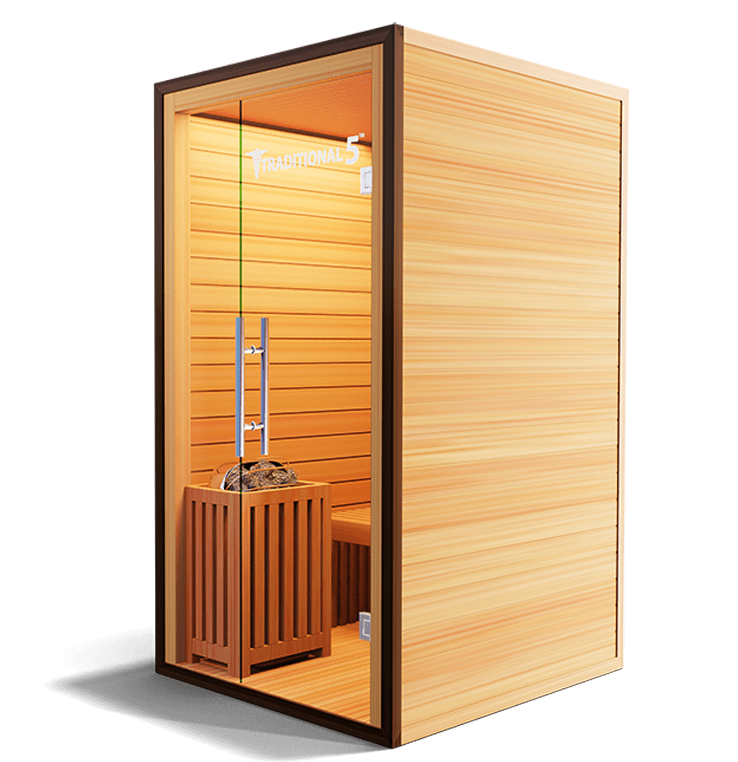Traditional Sauna - Truths
Traditional Sauna - Truths
Blog Article
3 Simple Techniques For Traditional Sauna
Table of ContentsThe Single Strategy To Use For Traditional SaunaSome Known Details About Traditional Sauna Some Ideas on Traditional Sauna You Should KnowTraditional Sauna - The FactsThe Best Guide To Traditional Sauna
A lot of the weight lost in a sauna is water loss and is re-gained upon rehydrating. Nonetheless, certainly sauna can be a fundamental part of a healthy and balanced weight loss program. To consider the distinctions between typical and IR saunas, I will separate these right into verifiable, academic, and fabricated distinctions.Hence, the most popular factor in the saunawhich goes to the ceiling directly over the sauna heateris typically in between 185 and 190 F. Claims that a standard sauna goes beyond 200 F is merely not real and not suitable for electrical saunas sold in the United States. The temperature level for a far-infrared sauna is generally set between 120 and 140 F; nevertheless, unlike the traditional sauna, the objective in and IR room is not to attain a heat.
Because of this, the temperature level distinction is nearly pointless, because extreme sweating results in both sauna kinds, however the approach of heating up the body is different. In an IR sauna the bather will feel hot and will certainly sweat a lot, however at much lower temperature levels (Traditional Sauna). Thus, if the objective is to spend longer amount of times in the sauna, the IR sauna is an excellent option
When a typical sauna has been appropriately warmed, the sauna walls are cozy, the air temperature level has actually attained established temperature level and the rocks are extremely heated. As an interesting side note, the heated wall surfaces and the rocks are producing far-infrared warmth, integrated with the warmed air, to create an "wrapping up warm".
A Biased View of Traditional Sauna

When the heat is achieved, the elements cycle on and off to keep the heat. A lot of traditional sauna individuals appreciate pouring water over the rocks to develop heavy steam to raise sauna humidity degrees. The advantages of putting water over the rocks include: making the space more comfortable, dampening the nasal flows, and enabling the usage of aromatherapy by blending essential oils with the water.

When the energy gets in the body, it causes the body temperature level to increase and eventually causes click this link sweat. In an infrared sauna it is essential for the emitters/heaters to stay on practically continuously. Because there is no mass of rocks to preserve warmth, the sauna will cool if the get more emitters closed off.
As pointed out above, the sauna bather in an infrared space wishes to position himself in front of running emitters to get maximum benefit from the warm. The heating time for both spaces can be very different, relying on exactly how the rooms are made use of. For a typical sauna, a bather should allow 30-40 mins for the area to achieve a wanted temperature level and to properly pre-heat the rocks.
Traditional Sauna - An Overview
A well built sauna will usually attain a temperature of 150-160 F in concerning 30-40 mins. For hotter temperatures, the space might need to heat for a longer duration. Once the area attains established temperature level, the heater will cycle on and off, usually operating regarding 50% of the time. The protected wall surfaces and the heated rocks will keep the space hot and at stable temperature levels.

Traditional saunas often tend to be larger (hence make use of more electricity) than infrared saunas, although traditional saunas are certainly offered in one and two person dimensions. For a two-person typical sauna, 5x6 or 5x7 size is most popular. The top bench can pleasantly seat 2 or 3 people and is likewise enough time to exist down throughout the sauna session.
10 Easy Facts About Traditional Sauna Shown
The ordinary price per kWH of electrical power in the U.S. is about $0.11, so a 4.5 kW heating system will cost around $.50 to compete one hour, if the heater runs constantly for one hour. Commonly a sauna heater will run for 75% of the very first hour and 50% of subsequent hours on considering that the elements cycle once the set temperature is accomplished.

Finally, there is a seldom discussed distinction in the social experience in between the 2 rooms. While our society has shed several of the social benefit of the conventional sauna experience, it can be really socially fulfilling (Traditional Sauna). From household time in the sauna, to heart-felt conversations with better halves, to sauna partiesthe standard sauna experience can result in intimate socializing
4 Easy Facts About Traditional Sauna Explained
Most higher end infrared areas include tinted light treatment, stereo and full-glass fronts. The dimension of the majority of rooms enable for 2 people to comfortably utilize the area, while some designs may enable a 3rd or 4th person to make use of the room. Customized infrared rooms are likewise available, with space sizes available approximately 7' x 8' x 7' high.
Report this page